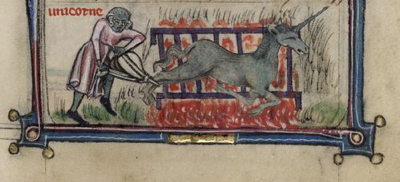April 1, 1972: In honor of the 100-year anniversary of Thomas Cook's first round the world travel tour, the
London Times ran an article about Cook's 1872 tour, in which it noted that the vacation had cost the participants only 210 guineas each, or approximately $575. A few pages later,
Times readers then found a small article noting that in honor of this anniversary, Thomas Cook was running a promotion, offering the chance to buy a similar package deal at 1872 prices. The deal would be given to the first 1000 people to apply. The only clue that this was a joke was the remark that applications should be addressed to "Miss Avril Foley." The response to this bargain-basement offer was swift and enthusiastic. Huge lines formed outside Thomas Cook offices, and the travel agent was swamped with calls. The
Times subsequently issued an apology and dismissed the reporter who had written the article, though he was later reinstated.



The Top 100 April Fool's Day Hoaxes of All Time
Other April Fool resources at the Museum include: the April Fool Archive (a year-by-year archive of the entire history of the celebration), the Origin of April Fool's Day, the April Fool FAQ, and the Top 10 Worst April Fools Ever. Also, you can find more info about most of the hoaxes in the Top 100 list by clicking their title or thumbnail.